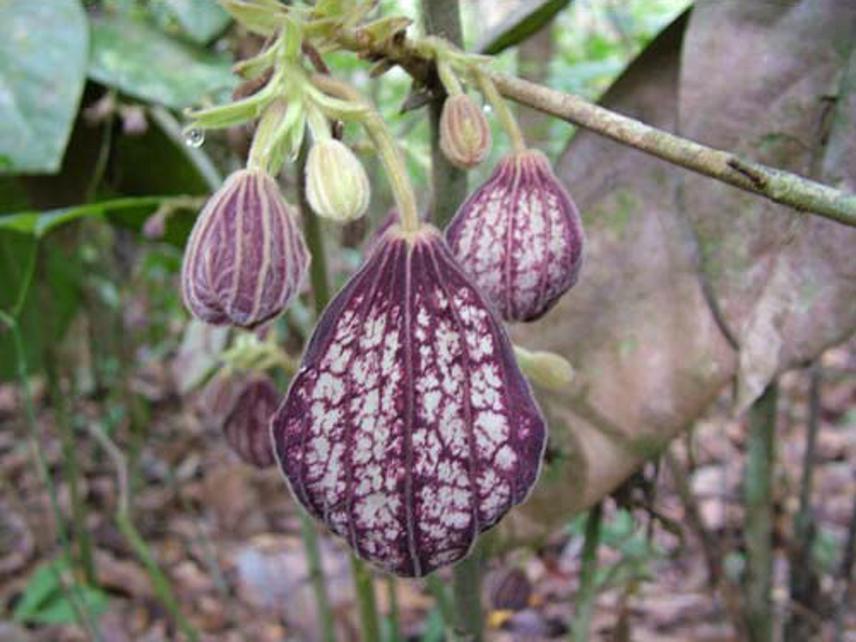The project aims to create an ethnobotany niche for the Semelai community of Tasek Bera by encouraging them to cultivate living pharmacies or herb

The indigenous Semelai people (current population 2,000) have lived for 600 years in Tasek Bera, a Ramsar site in Malaysia. For generations, they have used the diverse plants found in the jungle for an amazing range of medicines, prophylactics, intoxicants, beautifiers and aphrodisiacs.
This project will scientifically identify these plants and produce a comprehensive report on their medicinal uses with the help of the Semelai guides and community shaman as teachers of traditional medicine. While Wetlands International was producing a booklet ‘Knowledge, Culture and Beliefs of the Semelai People of Tasek Bera’, there was a dearth of scientific documentation or cataloguing of the medicinal plants of Tasek Bera and their many uses. Many of the plants are known by their local names and a scientific identification was never done. Research on their medicinal properties is also non-existent.
This project seeks to address the knowledge gap above by documenting and cataloguing these plants which includes local and scientific names as well as their uses that will be compiled in a report for further reference. It is hoped that by having a comprehensive reference to their traditional cures, the Semelai knowledge of medicinal plants will not become lost or extinct. This is because while many of the Semelai elders know some traditional cures, their knowledge is not as extensive as the community shamans. The need to document these plants is urgent as the practising shamans in the community are between 80 and 90 years old with no real successor in sight.
Only a handful of the young generation of Semelai are interested in the ancient healing practices and have only a vague idea of traditional cures and the processes and rites that entail a healing ceremony. By involving the youths as guides assisting the shaman in finding and identifying the traditional medicinal plants, it is hoped they will better appreciate the value of such plants. They will also be motivated to learn more about how to use them as well as plant them in their gardens thus preserving the various species in living pharmacies. Some may even take up apprenticeship with the shaman to become new proponents of traditional medicine. This creates income generating opportunities for the enterprising Semelai in the sale of traditional medicinal herbs. There are Semelai who are already selling such herbs to nearby towns on a small scale and this initiative may help expand their business.